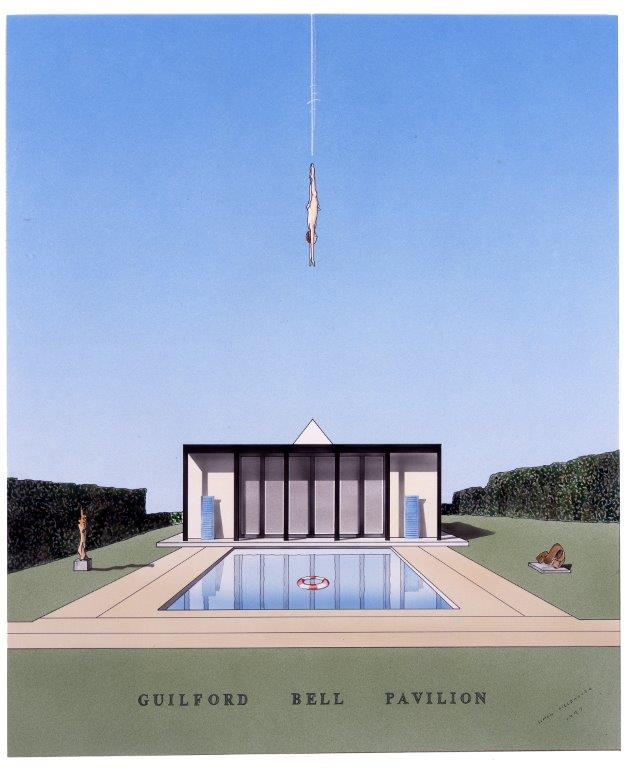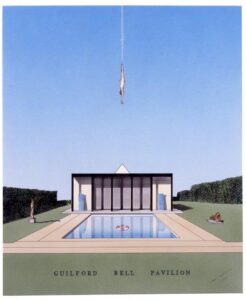
The Guilford Bell Pavilion - Retford Park, Bowral
The Guilford Bell Pavilion, located in Retford Park, Bowral, is a remarkable architectural gem with a rich history and profound cultural significance. Designed by renowned Australian architect Glenn Murcutt and completed in 2007, this pavilion stands as a testament to modern architectural innovation while paying homage to the historical context of the region.
Historically, Retford Park was originally owned by James Atkinson, a prominent colonial figure in Australia. The park's heritage-listed homestead, built in the early 19th century, is an essential part of the property's history. The Guilford Bell Pavilion, however, represents a fusion of old and new. It was commissioned by James Fairfax, a well-known philanthropist and lover of the arts who sought to create a space that would celebrate both contemporary design and the property's historical heritage.
Designed by Guilford Bell, an architect celebrated for his sustainable and contextually sensitive designs, the Guilford Bell Pavilion is a masterful example of modern Australian architecture. Its cantilevered structure and use of glass and steel seamlessly blend with the natural surroundings. The pavilion serves as a cultural beacon, hosting a variety of events, exhibitions, and performances that showcase the rich artistic talent of the region.
Beyond its architectural significance, the Guilford Bell Pavilion plays a pivotal role in preserving the cultural heritage of Bowral and the Southern Highlands of New South Wales. The pavilion serves as a hub for local and visiting artists, musicians, and performers, fostering a vibrant creative community. It is a space where cultural events, workshops, and educational programs take place, enriching the lives of residents and tourists alike.
Furthermore, the pavilion's design underscores the importance of sustainability and environmental consciousness in modern architecture. Its thoughtful integration with the natural landscape, use of passive solar design principles, and innovative construction techniques exemplify a commitment to ecological responsibility.
In conclusion, the Guilford Bell Pavilion in Retford Park, Bowral, is not merely a modern architectural masterpiece but a symbol of the harmonious coexistence of history, culture, and sustainability. Its capacity to host cultural events and its role in fostering creativity make it a cornerstone of the community's cultural life. As we move forward, structures like the Guilford Bell Pavilion serve as a reminder that the past can inform the present, resulting in a future that is both beautiful and sustainable.
